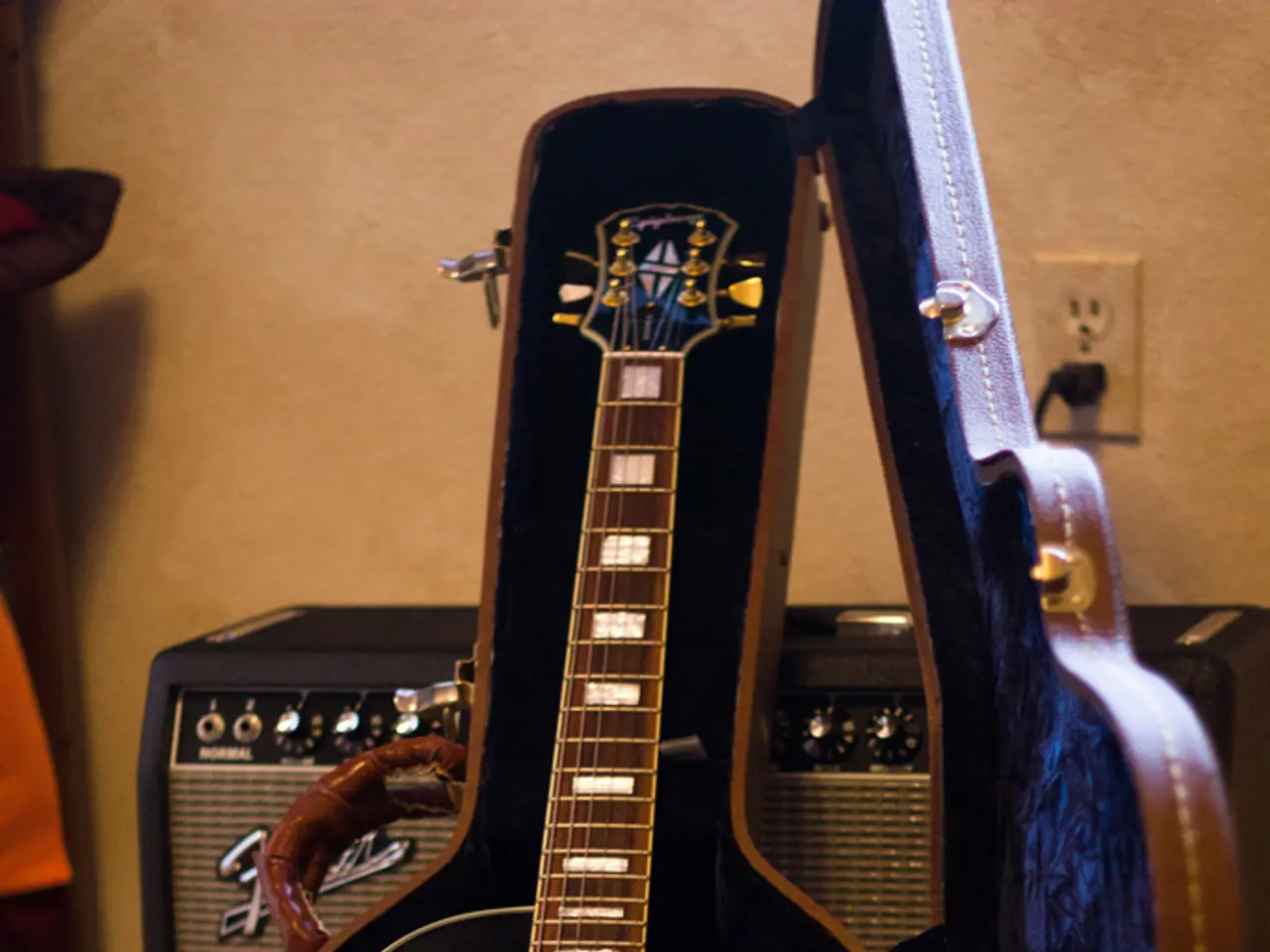Constructing Sound Vibrations: Fabricating a Subwoofer Enclosure Using Fiberglass
In this article, we'll guide you through the process of creating a fiberglass subwoofer box, a strong and acoustically inert enclosure that offers superior sound quality.
Materials Needed
To build a fiberglass subwoofer box, you'll need the following materials:
- Foam or wood plug (for shaping the mold)
- Epoxy primer and mold-release agents (PVA film, wax)
- Tooling gelcoat (about 0.5 mm thickness)
- Fiberglass cloths:
- Woven roving fiberglass
- Fiberglass mat
- Epoxy or polyester resin
- Pultruded fiberglass ribs (optional, for structural reinforcement)
- Mixing tools, brush or roller, vacuum bagging materials (optional)
- Sanding tools (wet sanding paper, diamond wheel, buffers)
Step-by-Step Process
- Design and Prepare the Plug (Mold Form):
- Design the enclosure with a slight draft (about 12 mm on vertical walls) for easy removal using CAD software.
- Create the plug using CNC-cut foam or 3D printing.
- Seal the plug surface with epoxy primer.
- Wet-sand up to 1000 grit to a mirror finish.
- Apply multiple coats of mold-release wax and a PVA film to prevent resin sticking.
- Inspect carefully for imperfections or pinholes which can cause defects later.
- Apply Gelcoat and Fiberglass Layers:
- Spray a consistent 0.5 mm (about 30 mil) layer of tooling gelcoat for a smooth finish.
- Wait until gelcoat becomes tack-free but not fully hard.
- Start laminating fiberglass layers: one woven roving layer to add strength, then alternate two mat layers and one roving layer until you reach about 5 mm thick walls.
- Roll out bubbles to avoid weak spots.
- Vacuum bagging during cure can improve fiber volume fraction (~55%) and increase strength (~15%) compared to hand lay-up.
- Reinforce and Cure:
- Add pultruded fiberglass ribs inside to reduce wall thickness and maintain stiffness.
- Cure at elevated temperature (e.g., 24 hours at 60 °C) for a thorough finish.
- After curing, carefully remove the box from the mold using plastic wedges.
- Trim and Finish the Box:
- Trim excess material with a diamond wheel.
- Wet sand progressively from P400 up to P800 or higher.
- Buff until the surface is glossy and reflective to fine-detail readability.
Sound Quality Optimization Tips
- Design the enclosure volume appropriate to the subwoofer’s specifications (Thiele/Small parameters) to ensure optimal low-frequency response.
- Use internal ribs to minimize vibrations and resonances that distort sound.
- Ensure airtight seals to prevent air leaks, which can reduce subwoofer efficiency and cause unwanted noise.
- A smooth gelcoat finish reduces internal sound reflections, helping cleaner sound.
- Fiberglass, properly layered and reinforced, is excellent for sonic damping and rigidity, minimizing standing waves and panel flex.
- If making a ported box, tune port length and diameter precisely to the target frequency range.
- Avoid sharp internal corners to prevent air turbulence and improve airflow, reducing distortion.
By following these material choices and detailed procedural steps, you can create a strong, acoustically inert fiberglass subwoofer enclosure that yields superior sound quality tailored to your subwoofer’s needs.
Read also:
- Life Expectancy with Interstitial Cystitis: Exploration of Research, Treatment Methods, and Additional Information
- Signs of Excessive Negativity in Your Surroundings: Recognizing and Managing Them
- Fatal Risks Posed by House Fires Extend Beyond the Inferno
- Effect of Ugandan Labor Regulations on New Businesses: Examination




